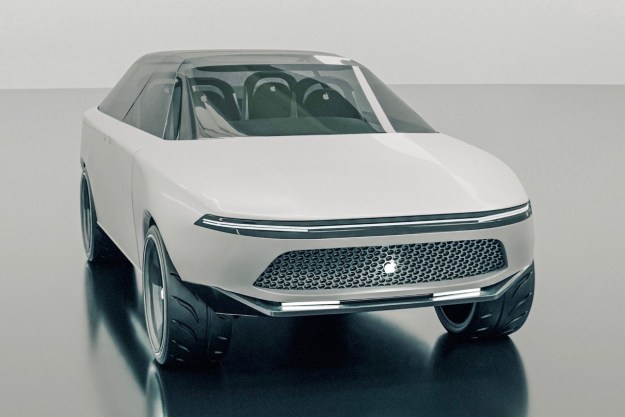The American Automobile Association‘s (AAA) research group reported disconcerting findings of driver expectations of semiautonomous cars versus the real-world performance of the technology available today.
In a telephone survey of more than 1,000 adults living in the continental U.S., 40 percent said they believe that autonomous, fully self-driving cars are already available and driven on American roads and highways.
A big cause of the mistaken faith in current vehicle technology lies with the naming of the advanced driver assist system (ADAS), according to the AAA. A significant proportion of drivers who don’t inquire or read further than a car’s equipment list assume that names such as PilotAssist, ProPILOT, and AutoPilot equate with fully autonomous vehicle capabilities.
“With today’s exciting advances in vehicle technology, there is a greater need for naming that clearly signals to a driver what the system does,” said Greg Brannon, AAA’s director of Automotive Engineering and Industry Relations. “Vague or confusing terminology may lead someone to overestimate a system’s capability, unintentionally placing the driver and others on the road at risk.”
To make its own determinations about the state of real-world vehicle autonomy, AAA partnered with the Automobile Club of Southern California’s Automotive Research Center to test four vehicles with systems including adaptive cruise control and lane keeping assistance. The test vehicles included a 2018 Mercedes-Benz S-Class, a 2018 Nissan Rogue, a 2017 Tesla Model S, and a 2019 Volvo XC40. The testing took place in a closed course — the Auto Club Speedway in Fontana, California, and on streets and highways in greater Los Angeles.
The AAA test found the cars had the greatest number of problems with busy intersections, curved roadways, and moderate traffic. Almost 90 percent of the incidents when human test drivers needed to take over involved the vehicles having difficulty maintaining lane position. The best performances with all four vehicles were on freeways, including in stop-and-go traffic.
The driver assistance systems’ performances were in line with the limitations stated by the respective automakers in the vehicles’ documentation, according to the AAA report. The greater problem is drivers who are overly reliant on the ADAS features.
“Both real-world and closed-course testing exposed separate yet equally serious limitations with these systems,” Brannon said. “It reinforces that there is still much work to be done to educate consumers on the nuances between system names and functionality, and that it is much too early to refer to these vehicle technologies as automated.”
Editors' Recommendations
- Don’t wear Vision Pro while driving, U.S. transport chief says
- Dubai Police to deploy driverless patrol cars with AI smarts
- An autonomous car in San Francisco got stuck in wet concrete
- Autonomous cars confused by San Francisco’s fog
- VinFast’s new electric cars will be available in the U.S. this year




